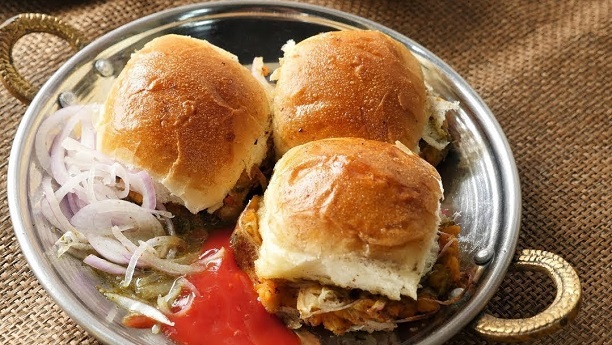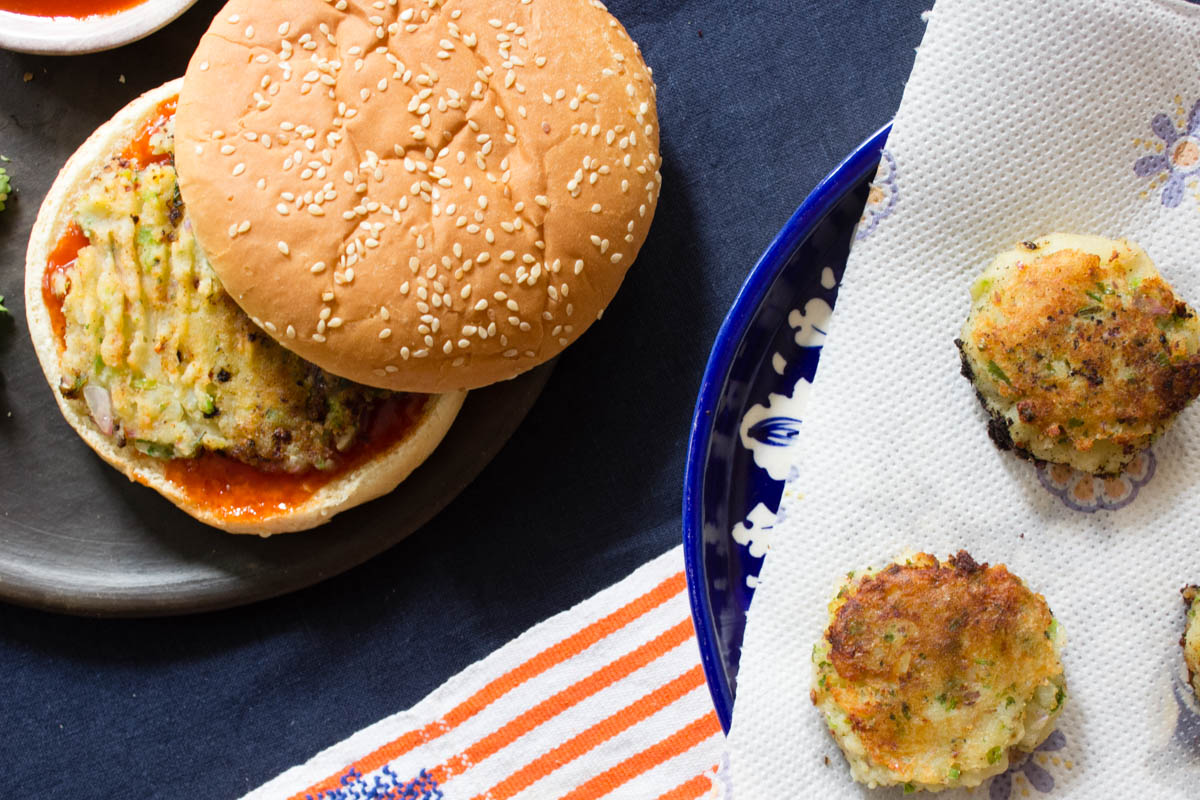Bun kabab
bun kebab, بن کباب
Bun kebab or anda shami (Urdu: انڈا شامی) is a sandwich that originated in Pakistan, but is now popular all throughout South Asia. Bun kebabs are a signature in Pakistani metro cities like Karachi and Lahore, but they can be found all over Pakistan. Bun Kebab vendors are scattered all across Karachi, vendors on Burns Road being particularly famous, and imitated by frozen bun kebabs sold in South Asian supermarkets across the world. In India, it is eaten as a regular street food, specifically, in the Indian cities of Bhopal, Lucknow, and Hyderabad; it is especially popular with Indian Muslims, the dish is eaten late-night during Ramadan. Bun kebabs are usually sold from roadside stalls, side street vendors, and fast food restaurants. They are also commonly known as anday wala burger. A ‘fried’ version of the bun kebab is popular in Lahore, known as ‘bun plaster’ due to copious amounts of butter and super tender or paste-like kebab mixture used in it. Bun kababs are usually eaten as a main course or snack. The origins of the bun kabab trace back to Karachi during the 1950s, however its exact inception is debated. Some claim that Haji Abdul Razzak introduced the sandwich as a quick meal for workers in 1953. Another claim is that the bun kebab evolved from the vada pav, a fast food style sandwich native to the Indian city of Mumbai. A third view is that it was first found outside the Khayam Cinema as a food made primarily for moviegoers. After the initial emergence of the bun kabab, new patty variations rose to popularity, including dal patties and shami kebab.
Source: Wikipedia






